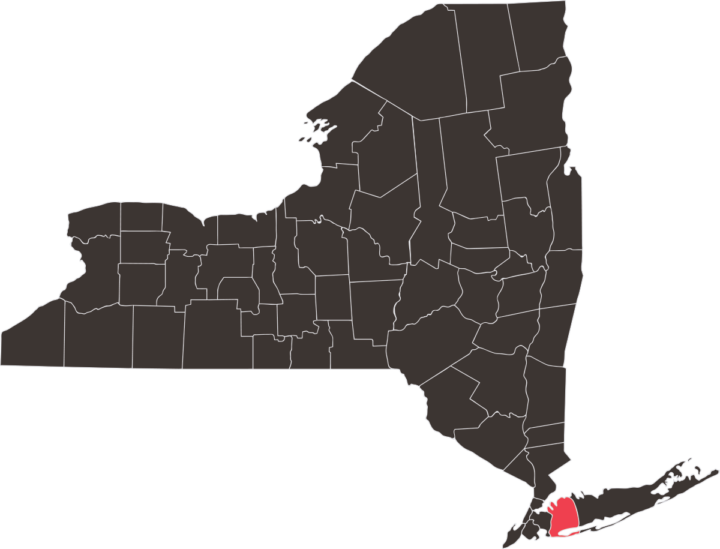Schenectady Police Department
Civil Liberties Union
Based on information we’ve gathered, we have found that the Nassau County Police Department:

As of January 2016, the Nassau County Police Department provided us with information for 396 sworn personnel, 91% of whom were men and 82% of whom were white. Of the 36 women on the force, two-thirds were white.
While 37% of Nassau County’s residents are people of color, this was the case for only 18% of these officers. In addition to the 326 white sworn personnel, the department reported 33 black, 32 Hispanic, two Native American, and three Asian personnel, which was shockingly denoted with a “Y,” for “yellow” in the department production. Of the 47 personnel who held positions other than detective, only three were people of color.
No data was provided. In the words of the Nassau County Police Department: “Retrieving such data and generating reports responsive to the request would require NCPD to create a new data retrieval program.”
It’s unacceptable that one of the largest police departments in the country, with more than 2,000 officers serving a population of more than 1.3 million residents, cannot produce statistics on some of the most basic law enforcement interactions. Nassau County must ensure that its police department has systems in place for collecting and publicly reporting information on police practices. At minimum, departments should be able to report on stops, uses of force, and the offenses people are being arrested and ticketed for. Crucially, departments need to collect and report demographic information as part of the analysis, as this is essential for uncovering disparities and better equipping communities with the information they need to hold police departments to high standards of equitable and constitutional policing.
Between January 2012 and May 2015, the Nassau County Police Department reported 1,605 complaints resulting in a total of 2,601 allegations. This is equivalent to on average one complaint or two allegations per Nassau County sworn personnel. The most common allegations were Unprofessional Conduct (42%), Improper Tactics/Procedures (31%), and Excessive Force (8%). Of completed investigations, 51% of allegations were determined to be unfounded or resulted in exoneration, 39% were undetermined, and 7% were founded.
The policy documents we received from the department are linked below, but we did not receive data on the number of stops conducted by the Nassau County Police Department. In the words of the department: “Retrieving such data and generating reports responsive to the request would require NCPD to create a new data retrieval program.”
It’s unacceptable that one of the largest police departments in the country, with more than 2,000 officers serving a population of more than 1.3 million residents, cannot produce statistics on some of the most basic law enforcement interactions. Nassau County must ensure that its police department has systems in place for collecting and publicly reporting information on police practices. At minimum, departments should be able to report on stops, uses of force, and the offenses people are being arrested and ticketed for. Crucially, departments need to collect and report demographic information as part of the analysis, as this is essential for uncovering disparities and better equipping communities with the information they need to hold police departments to high standards of equitable and constitutional policing.
The Nassau County Police Department uses automated license plate reader software that allows data sharing with the Suffolk County Police Department, New York State Police, Philadelphia Police Department, High Intensity Drug Trafficking Areas program, a Maryland data fusion center, and other agencies. The Department also provided no specific policies governing the technology’s use, instead giving us “suggested guidelines” from the New York State Division of Criminal Justice Services.
Between July 2014 and December 2015, the Nassau County Police Department filed 77 Use of Force reports. Sixty-seven of 77 reports, or 87% of reports, indicated that the subject of the use of force was injured or required medical attention.
Of those against whom force was used, 94% were men, 70% were aged 35 or under, and 70% were people of color.
The department redacted all the identifying information about officers involved in use of force incidents but noticeably left all the names, addresses, and dates of birth of the civilians subject to those uses of force. We chose not to upload these reports to respect their privacy.